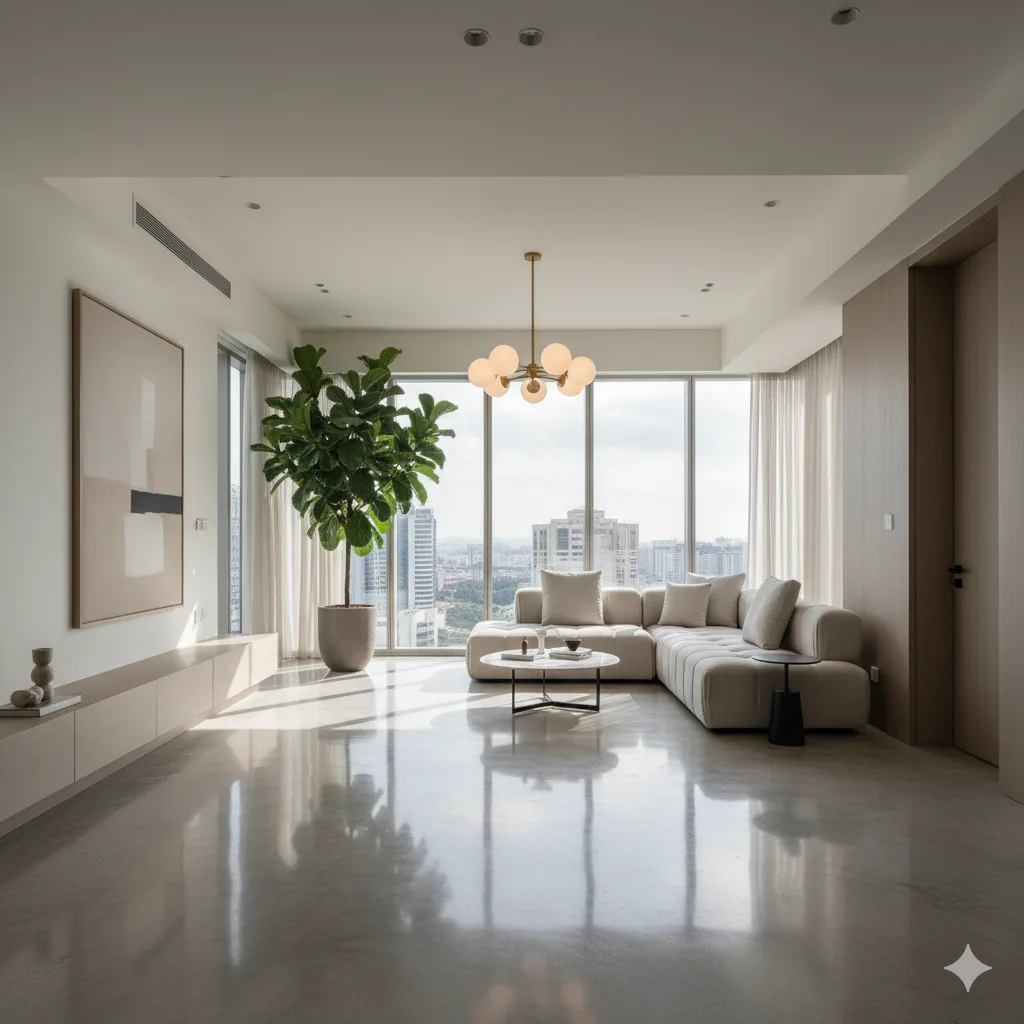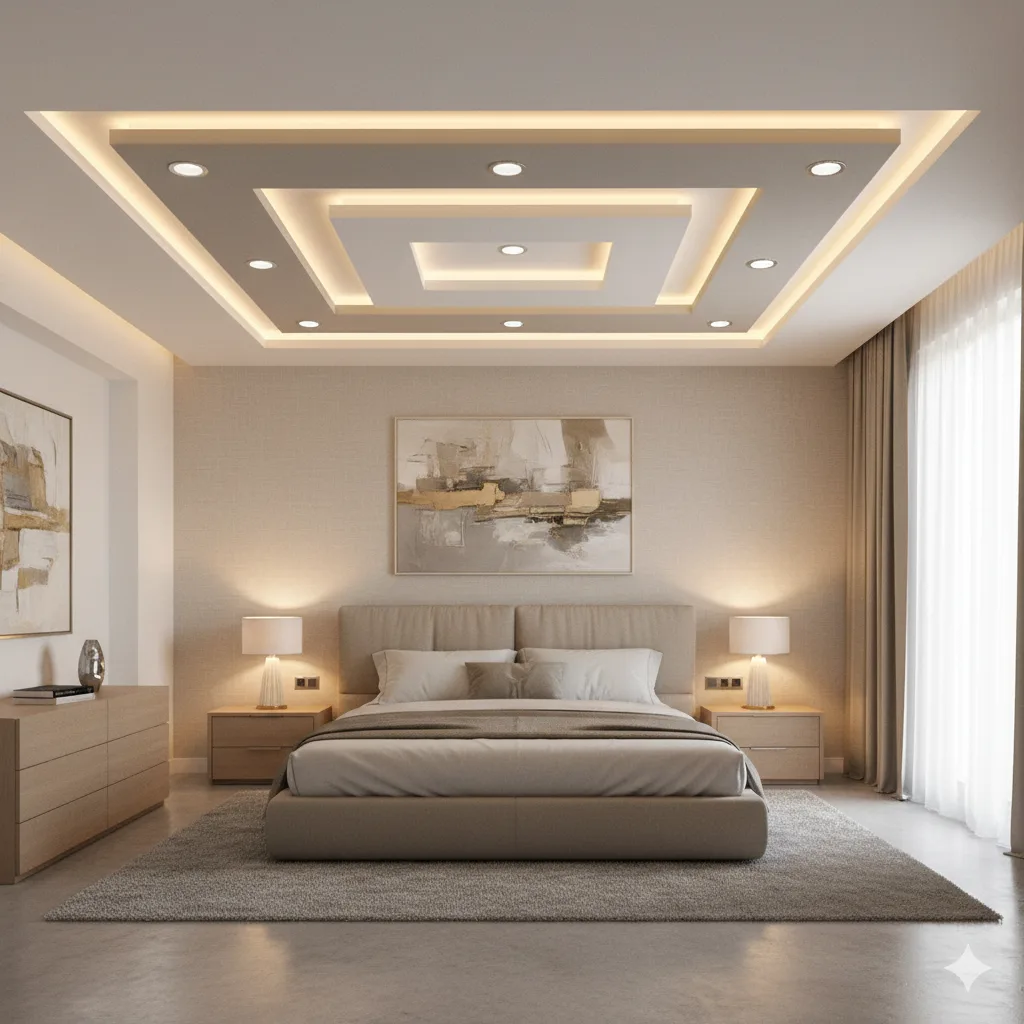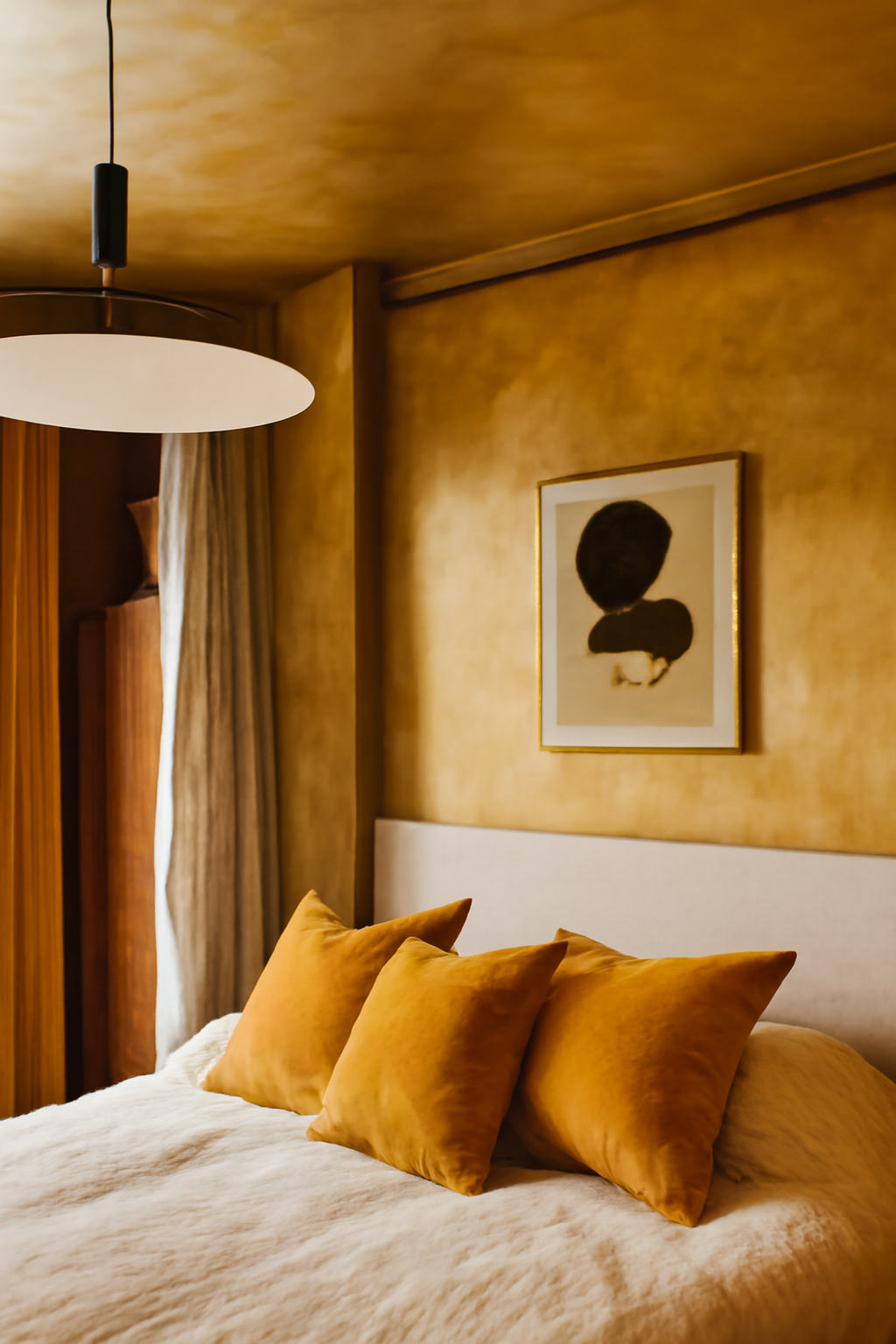Shiny concrete floors have become a trendy choice in Singapore’s homes, offices, cafés, and retail spaces. They offer a modern, sleek aesthetic, strong grit, and comparatively minor maintenance than many diverse tile options. But “low maintenance” does not mean “no maintenance.”
Singapore’s lush climate, lofty humidity, numerous rain and big foot-traffic zones make proper care essential.
This article will guide you through the why, how, and when of lasting your shiny concrete floor so you can keep your investment and maintain the finish looking its finest.
Why Polished Concrete Floors Still Require Attention
Polished concrete is produced by grinding, honing and coarse-finishing a concrete surface to achieve a smooth, deliberate finish. This process results in a floor that is denser and harder than crude concrete.
However, even such robust surfaces are prone to degradation if not maintained. For example, grit and dirt that get onto the surface act like sandpaper under foot traffic and dull the finish.
Spills especially acidic or oily ones can etch or stain the surface if left neglected.
In short: to keep your polished concrete floor in the finest condition, you’ll want a routine of care, not just occasional cleaning.
In Singapore, you’ll also face more factors: rapid transitions between indoor and outdoor spaces, dirt and water from rain, and issues with humidity. These make formal precautionary measures even more important.
The Basics of Daily & Weekly Care

Maintenance doesn’t have to be complex. The foundation of good care is consistent, proactive action that prevents damage rather than reacting to problems.
Everyday / Day-to-Day
Near the end of each day or during high-usage times, you should remove loose dirt, lint and grit from the surface. Use a microfiber mop or soft broom.
Why? Because even small particles can sit on the surface and cause micro-scratches with walking or furniture movement.
Also, be ready to clean up any spills quickly. Liquids like coffee, juice, oil, or even water from wet shoes can sit on the surface and gently cause streaks, stains or dull patches. The sooner you attend to a spill, the less likely it will penetrate or etch the surface.
Mats at door entrances help reduce the amount of dirt and moisture entering the space which is particularly important in Singapore’s climate where outdoor-to-indoor shifts are frequent.
Weekly Rituals
Beyond daily dusting, once or twice a week you should do a damp mop using a neutral cleaner specifically designed for polished concrete floors.
Harsh chemical cleaners, acidic or alkaline solutions, or regular floor treatments are not appropriate for polished concrete and can damage the finish.
When mopping:
Wring the mop well so you’re not leaving puddles or excess water.
Use clean water and change it regularly.
Avoid aggressive scrubbing with stiff bristles or abrasive pads — these can scratch the surface.
This weekly care helps keep the surface free from lingering film, sticky residues or fine embedded grit.
Periodic Maintenance: Monthly, Yearly & As Needed
Daily and weekly routines go a long way, but to get the most from your floor and maximise its lifespan, you’ll need to schedule additional maintenance at regular intervals.
Monthly or Every Few Months
For moderate to high usage areas commercial spaces, retail, condos, you might want a deeper clean every few months.
This involves more thorough cleaning possibly using an automatic scrubber with a non-abrasive pad in larger spaces, or focusing on high-traffic zones entrances, corridors in smaller spaces.
At this stage, also inspect for any developing issues: dull patches, scuff marks, minor scratches, or areas where the finish seems worn.
Identifying issues early means you can address them before they worsen.
Every 1-3 Years: Sealing or Protective Treatments
Though the polishing process reduces porosity and adds durability, applying a suitable penetrating sealer or protective coating can still be beneficial — especially in environments with high traffic, frequent spills or heavy loads.
The timeline depends on your usage:
A residential floor in a low-traffic home may be fine with sealing every 2-3 years.
A commercial space might need treatment every year or less.
Before applying a sealer, ensure the floor is spotlessly clean and dry; the ambient environment (especially in humid Singapore) should allow proper curing.
Sealing doesn’t replace good cleaning — it complements it by adding extra protection against stains and moisture.
When to Re-Polish or Restore
Even the best-maintained floor may lose some gloss or show wear after 5-10 years (or sooner in heavy usage).
Restoration involves diamond-grinding the surface and reapplying densifiers or protective treatments to restore shine, smoothness and durability.
If you notice that the floor’s shine has dropped significantly, there are obvious scratches, or the finish looks dull despite regular cleaning, then a professional assessment is recommended.
Restoring early can help you avoid more costly repairs later.
Special Considerations for Singapore’s Climate & Usage
Because your floor is in Singapore, where indoor/outdoor transitions, lofty moisture, rainfall and. Heavy foot freight are routine, you’ll crave to adapt your maintenance to reflect that.
Humidity & Wet Conditions
Singapore’s high humidity means fog uptake can be more powerful than in drier climates. While shiny caked is less porous than untreated caked, it’s still ready to fog issues such as edge dampness, joint problems or abrupt condensation. Using mats, supervising entry-way wetness and insure proper ventilation are important.
Avoid applying sealers or performing abrading in overly humid or wet weather as curing may be compromised.
Outdoor-to-Indoor Transitions
In many buildings you’ll have entrances where people come in from outside rain, carry umbrellas, have wet shoes or muddy soles. These transitions bring water, grit, and dirt all enemies of the polished surface.
Good entrance matting systems e.g., scraper mats, absorbent mats will reduce the volume of debris entering the space.
In rainy seasons, increase the frequency of dust-mopping, spot cleaning and checking entrance zones.
High Foot Traffic & Mixed-Use Spaces
Commercial lobbies, retail stores, cafés, and mixed use condominium common areas all charge heavier loads: more walking, furniture movement, heavier trolleys, etc. Those boost wear and tear on the top.
In such situations:
Use protective mats or runners in the highest-traffic zones.
Place dishevel pads beneath sofa legs and avoid dragging heavy sofa across the floor.
Increase cleaning frequency and monitor the condition over frequently.
Sustainability & Building Standards
Singapore emphases sustainability, indoor air aspect and efficient building operations. Meanwhile, shiny concrete already has advantages: uses existing slab, minimal coating, low dust generation. Your maintenance routine should align with these values: adopt low-VOC cleaning products, minimize water usage, avoid coatings. That trap rain or compromise the slab’s breathability which isn’ttable important given Singapore’s distance and humidity.
Many guides caution against applying traditional waxes or coatings on shiny concrete that might reduce breathability or entrap rain.
Common Mistakes & How to Avoid Them
Even with superb intentions, certain practices can ruin the endurance and appearance of glossy caked floors. Ultimately, being aware of these will help you avert costly mistakes.
Using the Wrong Cleaners or Coatings
A natural error is using standard floor waxes, acidic cleaners, coarse. Pads or strong alkaline detergents — all of which can dull, etch or damage the glossy surface.
For example, traditional floor empty and waxing can fade glossy concrete over time.
Always check that the cleaner is defined for “glossy concrete” and is pH-neutral. Previously, avoid vinegar, citrus-based cleaners, bleach or ammonia-based solutions.
Neglecting Daily Debris Removal
Skipping or delaying dust-mopping allows grit to accumulate. Over time, grit underfoot or furniture wheels acts like sandpaper and gradually erodes the finish.
Don’t wait for visible scratches — prevention via debris removal is much more cost-effective.
Using Too Much Water or Leaving Puddles
Excess water can seep into joints or edges in the slab, especially in humid climates. On top of that, a wet surface may be slippery or retain film.
Avoid flooding the floor when mopping dry thoroughly.
Dragging Furniture or Heavy Items Over the Surface
Moving heavy items without protection causes gouges or marks. Use felt pads or slides and lift rather than drag heavy furniture or appliances.
Also avoid allowing equipment with rough wheels to roll repeatedly over the same path.
Ignoring Entrance Zones
If you don’t control dirt moisture at entrances, you’re allowing the most damaging agents water, grit, sand to be introduced directly to the polished surface.
Effective entrance matting systems and regular cleaning of those mats are key.
What You Gain by Taking Good Care
Putting in the effort to maintain your polished caked floors well pays off in. Several caked ways:
Extended lifespan: With proper care, a polished solid floor can last decades.
Better look: Any well-maintained floor keeps its gloss, reflectivity and visual appeal — offering to the overall milieu and anticipated value of the space.
Cost savings: Preventing damage means less usual need for restoration or replacement.
Improved indoor environment: Clean, sealed concrete inhibits dust, allergens and add a smooth surface that’s easier to keep hygienic.
Sustainability: Lower supply, lower replacements and more adept sanitation align with Singapore’s hut sustainability goals.
Final Thoughts
If you’ve invested in a shiny real floor in Singapore — whether in your home, office, café or retail space — congratulations: you’ve chosen a stylish, durable and efficient flooring solution.
Nonetheless to truly get the benefit, you’ll need to treat the floor like a benefit: keep it, protect it and respond promptly when vital.
Start with the basics: daily dusting and spill cleanup. Later commit to weekly cleaning with the right line. Add annual deep cleaning, control entry zones, use mats, protect furniture, and monitor the floor’s case. Simultaneously, adjust your schedule based on actual usage and the Singapore environment. Avoid common mistakes like using harsh ammo or omitting entrance mats.
Do this, and your polished concrete floor will remain a testament to charm and longevity — keeping its shine, helping the beauty of your space, and saving you from untimely repairs or replacement.



